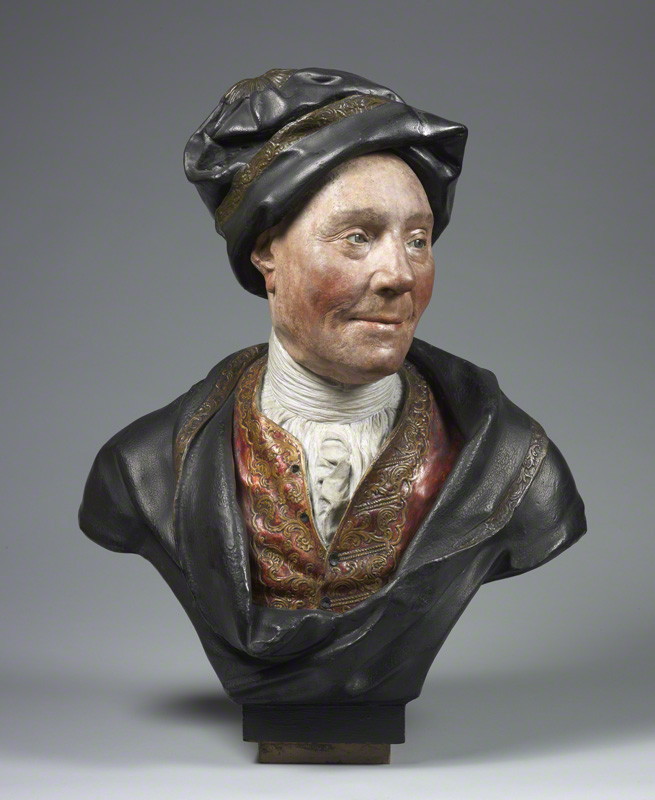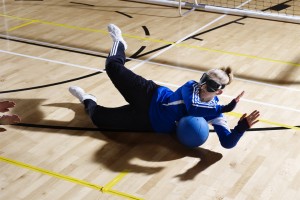Connections by Ulrike Smalley

Colley Cibber (1671-1757), dramatist and actor, perhaps from the workshop of Sir Henry Cheere, 1st Bt., painted plaster bust, c.1740 © National Portrait Gallery, London
Alexander Sturgis’ riveting talk ‘Presenting Presence: showing portrait sculpture’ was my personal highlight of this year’s Annual Seminar. Not only for its lively and engaging presentation – always appreciated at the end of a long and full day – but also for opening my eyes to an often overlooked form of portraiture. Alexander’s tour de force presentation of his ideas and the thought processes behind the recent exhibition was inspiring.
I was excited to see that the afternoon session was dedicated to contemporary photography with presentations ranging from a fascinating insight into the Royal Collection’s significant photography holdings, to an engaging talk on the NPG/BT Road to 2012 photographic commission.
Sophie Gordon, from the The Royal Collection, opened the session with her talk on the challenges encountered when making accessible a collection parts of which are intensely private, but obviously of great public interest. How can these family photographs – some taken by members of the Royal family themselves – be shown to a wider public in a sensitive and appropriate way? For me this taps into the greater debate around the use of images – found, appropriated or used out of original context – in current contemporary art and photographic practice and the ethical conundrum this can in many cases entailed. This is particularly obvious in the world of photography – with the private versus public image – but also interesting to explore in greater depth in the realm of portraiture in general. What purpose and which audiences were portraits produced for and how has this audience and purpose changed over time? How problematic is a change of context for the interpretation?

Changing Pace. Anna Sharkey b.1987 by Finlay MacKay. 28 November 2012, University of Bedfordshire © Finlay MacKay/National Portrait Gallery/BT Road to 2012
An aspect of the NPG/BT Road to 2012 commission I found particularly interesting was the project-integral digital archiving of the work – the dematerialisation of the photograph, which now exists in the NPG collection purely as a digital file and not as a physical object. Although not maybe that new for photographic collections, this is a step in a new direction in the art museum world.
The NPG/BT Road to 2012 website explores the project in depth, integrating the commissioned portraits with multimedia material providing background information. As well presented as the material it does not replace the experience of encountering artworks in a physical space, and I hope to have the opportunity to see some of the portraits – particularly the works of Nadav Kander, Finlay MacKay and Anderson & Low – ‘in the flesh’ at a future occasion.
As always the annual seminar left me with much food for thought, remaining topical and stimulating even after my recent relocation. I joined the SSN Understanding British Portraits while working for the art collection at the IWM, which holds an excellent portrait collection, which I researched for the ‘People’s War: Portraits of the Second World War’ exhibition. Last year, however, I moved to Cardiff and joined Ffotogallery as Creative Producer with a main focus on Diffusion: Cardiff International Festival of Photography. Despite this change in my career, the SSN has remained an anchor point. I can continue my interest in the subject through working on festival exhibitions which explore contemporary photographic portraiture – amongst other the portrait series ‘The Brothers’ by Elin Hoyland and Alicia Bruce’s Valley’s commission.


